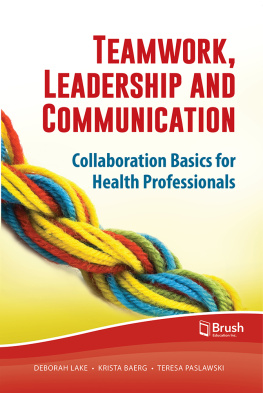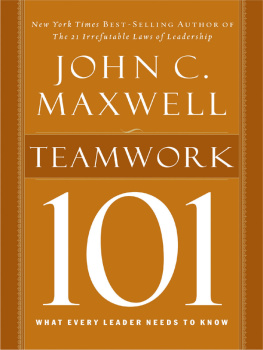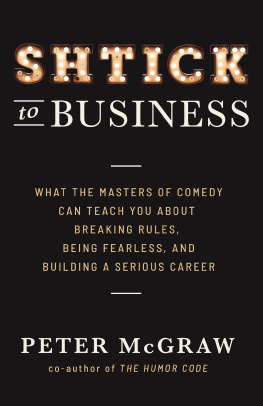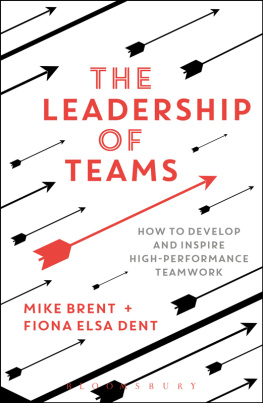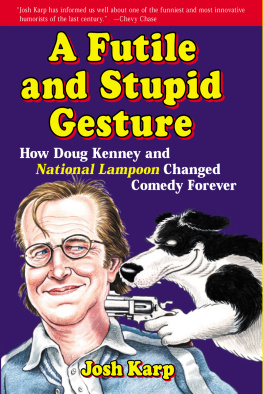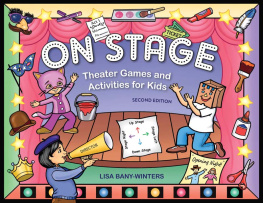
This book is dedicated to the founders of The
Second City and the generations of artists who
honor the past by staying so fiercely in the moment.
The authors wish to thank:
Viola Spolin, Paul Sills, Bernie Sahlins, Howard Alk, Sheldon Patinkin, Martin de Maat, Joyce Sloane, Cheryl Sloane, Nate DuFort, Jenna Deja, Monica Wilson, Robin Hammond, Alison Riley, Joe Ruffner, Dionna Griffin, Jeremy Smith, Beth Kligerman, Kerry Sheehan, Abby Mager, Matt Hovde, Klaus Schuller, Steve Johnston, Brynne Humphreys, Tim Mason, Steve Waltien, Christina Anthony, Ryan Bernier, Billy Bungeroth, Mick Napier, Diane Alexander, Tina Fey, Jeff Richmond, Steve Fisher, Peter Cunningham, Hal Lewis, Rene Fleming, Alexandra Day, Anthony Freud, Jeff Garlin, Michael Lewis, Elliott Masie, Betsy Myers, Dick Costolo, Dr. Mark Pfeffer, Eric Tsytsylin, Daniel Pink, Adrienne Kerwin, Alanda Coon, Eric Spitznagel, Hope Hudson, Stephanie Land, and Hollis Heimbouch.
Kelly and Tom would like to thank Andrew Alexander for telling us to write this book and for reminding us to manage and lead as improvisers, and Len Stuart for his never-ending support and mentorship
Kelly would like to thank his father and mother, Roy and Sheila Leonard, for saying Yes, And to his life in the theatre, his children Nick and Nora for their sheer wonder, and to Anne Libera for teaching him the true value of improvisation and directing him to be better at it.
Tom would like to thank his father and mother, Jim and Mary Yorton, for their stability and cheerful optimism, which made it possible for him to dream big; his wife, Maria, for encouraging his unlikely move back into the arts when others thought he was crazy; and his sons, Shane and Will, who motivate him to keep learning and stretching.
CONTENTS
Guide
We have cool jobs. We get to work with generation after generation of some of the funniest and most creative individuals walking this planet. We work at a company that has established itself as an industry leader and our product is filled with invention, intellect, and laughter.
And sometimes we hate our jobs.
Everyone does.
But from our experience, we tend to hate them a lot less than other people. And weve been able to identify the core elements at play when we are happy in our work and when we are not.
We are at our happiest and most successful when we are working as improvisers. When we are fiercely following the elements of improvisation, we generate ideas both quickly and efficiently; were more engaged with our coworkers; our interactions with clients become richer or more long-standing; we weather rough storms with more aplomb, and we dont work burdened by a fear of failure. When we are in full improviser mode, we become better leaders and better followers; likewise, we hear things that we didnt hear before because we are listening deeply and fully in the moment.
Our work and our lives are so much better when we act like improvisers. We are sure yours could be, too. Thats why we wanted to share our stories; thats why we wrote this book.
We are not the creators of improvisational doctrine; we are not gurus; we dont lead Second City workshops or star in the productions. Yet for years we have been deeply involved in The Second Citys efforts to help people become better at what they do by showing them how improv training can increase their capacity for innovation, their creativity, and their confidence. We are two people with vastly different professional backgrounds, and yet, independent of each other, we have witnessed enough at The Second City to arrive at identical conclusions: This stuff works, and this stuff works across myriad platforms.
Kelly grew up at The Second City, washing dishes and seating audience members when Mike Myers and Bonnie Hunt were virtual unknowns starring onstage in Chicago in the late 1980s. Although he thought he was working at The Second City as a way station prior to becoming a world-famous playwright (David Mamet held the same job at Second City some two decades before him), it turns out that he was something of an entrepreneur. When he moved to the box office in 1990, he pushed through a number of changes to better market the productions and improve customer servicedespite an institutional reluctance to change anything. Promoted to associate producer of The Second City in 1992 at the ripe age of twenty-six, he sought out new talent for this world-famous theatre that had been experiencing a fair amount of criticism for artistic irrelevance. That fresh talent base included such young, unknown comic actor/writers as Stephen Colbert, Steve Carell, and Tina Fey. In 2001 he assumed the title of executive vice president of The Second City, where he devised new artistic and business opportunities with companies such as Norwegian Cruise Line, developed partnerships with regional theatres across America to create original comedy plays, and forged alliances with Lyric Opera Chicago and Hubbard Street Dance to generate hybrid, commercial artistic events.
Tom is an advertising and marketing guy by trade who worked in ad agencies and client-side marketing positions before joining The Second City in early 2002. Always creatively overqualified for the jobs he let himself take, Tom jumped at the chance to run Second City Communications, now called Second City Works. Back then he won the beauty contest because the plan was to turn SCC into an ad agency. But we figured out how to be an agency of a different kind, one that did more than an ad agency by finding innovative applications for The Second Citys core competencies of short-form comedy and improvisation. More on that throughout the book, but suffice it to say that Tom still gets to do what hes always done (find ways to win over audiences); he just uses a different tool kit to do it.
We decided to write this book together when we could no longer ignore the overwhelming evidence that our work was not only revolutionary, but that the revolution was already on its way. We wrote this introduction on February 23, 2014, the same day that the New York Times published an article by Thomas Friedman about the qualities that Google looks for when hiring, which include the ability to process on the fly, a willingness to relinquish power, ease with creating space for others to contribute, and individuals who can learn how to learn from failure.
Those are the qualities of an improviser, and they can be learned. It is common knowledge that diet and exercise are keys to staying physically healthy, but practicing improvisation is like yoga for your professional developmenta solid, strengthening workout that improves emotional intelligence, teaches you to pivot out of tight and uncomfortable spaces, and helps you become both a more compelling leader and a more collaborative follower. Even better, these qualities are fully transferable to your life outside the office. The benefits of improvisation can extend to your personal relationships, whether with your partner, your family, or your friends.
Anne Libera, former artistic director of The Second City Training Center, used to lead each orientation for beginning improv students with the same words: This work will change your life. It has certainly changed ours for the better, and, based on the stories we hear from thousands of professional clients who credit their improv skills with helping them build effective teams, break down silos, foster creativity, and spark innovation, were confident it can change yours, too.
So sit back, unwrap your candy, turn off your cell phone, and please refrain from taking photographs or making recordings of any kind. We take you now to a resort overlooking the Potomac River.
Next page
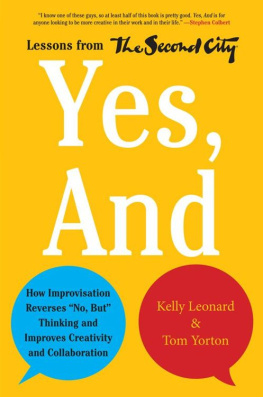
![Viola Spolin - Improvisation for the Theater: A Handbook of Teaching and Directing Techniques [1963 ed.]](/uploads/posts/book/406435/thumbs/viola-spolin-improvisation-for-the-theater-a.jpg)
